Raymond D. Kent9780262112789, 0262112787
Table of contents :
The MIT Encyclopedia of Communication Disorders……Page 3
The MIT Encyclopedia of Communication Disorders……Page 5
Copyright……Page 6
Contents……Page 7
Introduction……Page 11
Acknowledgments……Page 13
Part I: Voice……Page 15
Acoustic Assessment of Voice……Page 17
Aerodynamic Assessment of Vocal Function……Page 21
Alaryngeal Voice and Speech Rehabilitation……Page 24
Anatomy of the Human Larynx……Page 27
Assessment of Functional Impact of Voice Disorders……Page 34
Electroglottographic Assessment of Voice Disorders……Page 37
Functional Voice Disorders……Page 41
Hypokinetic Laryngeal Movement Disorders……Page 44
Infectious Diseases and In.ammatory Conditions of the Larynx……Page 46
Instrumental Assessment of Children.ˉs Voice……Page 49
Laryngeal Movement Disorders:Treatment with Botulinum Toxin……Page 52
Laryngeal Reinnervation Procedures……Page 55
Laryngeal Trauma and Peripheral Structural Ablations……Page 59
Psychogenic Voice Disorders: Direct Therapy……Page 63
The Singing Voice……Page 65
Vocal Hygiene……Page 68
Vocal Production System: Evolution……Page 70
Vocalization, Neural Mechanisms of……Page 73
Voice Acoustics……Page 77
Voice Disorders in Children……Page 81
Voice Disorders of Aging……Page 86
Voice Production: Physics and Physiology……Page 89
Voice Quality, Perceptual Evaluation of……Page 92
Voice Rehabilitation After Conservation Laryngectomy……Page 94
Voice Therapy: Breathing Exercises……Page 96
Voice Therapy: Holistic Techniques……Page 99
Voice Therapy for Adults……Page 102
Voice Therapy for Neurological Aging-Related Voice Disorders……Page 105
Voice Therapy for Professional Voice Users……Page 109
Part II: Speech……Page 113
Apraxia of Speech: Nature and Phenomenology……Page 115
Apraxia of Speech: Treatment……Page 118
Aprosodia……Page 121
Augmentative and Alternative Communication Approaches in Adults……Page 124
Augmentative and Alternative Communication Approaches in Children……Page 126
Autism……Page 129
Bilingualism, Speech Issues in……Page 133
Developmental Apraxia of Speech……Page 135
Dialect, Regional……Page 138
Dysarthrias: Characteristics and Classi.cation……Page 140
Dysarthrias: Management……Page 143
Dysphagia, Oral and Pharyngeal……Page 146
Early Recurrent Otitis Media and Speech Development……Page 149
Laryngectomy……Page 151
Mental Retardation and Speech in Children……Page 154
Motor Speech Involvement in Children……Page 156
Mutism, Neurogenic……Page 159
Orofacial Myofunctional Disorders in Children……Page 161
Phonetic Transcription of Children’s Speech……Page 164
Phonological Awareness Intervention for Children with Expressive Phonological Impairments……Page 167
Phonological Errors, Residual……Page 170
Phonology: Clinical Issues in Serving Speakers of African-American Vernacular English……Page 172
Psychosocial Problems Associated with Communicative Disorders……Page 175
Speech and Language Disorders in Children: Computer-Based Approaches……Page 178
Speech and Language Issues in Children from Asian-Pacific Background……Page 181
Speech Assessment, Instrumental……Page 183
Speech Assessment in Children: Descriptive Linguistic Methods……Page 188
Speech Development in Infants and Young Children with a Tracheostomy……Page 190
Speech Dis . uency and Stuttering in Children……Page 194
Speech Disorders: Genetic Transmission……Page 197
Speech Disorders in Adults,Psychogenic……Page 200
Speech Disorders in Children:A Psycholinguistic Perspective……Page 203
Speech Disorders in Children:Behavioral Approaches to Remediation……Page 206
Speech Disorders in Children:Birth- Related Risk Factors……Page 208
Speech Disorders in Children:Cross- Linguistic Data……Page 210
Speech Disorders in Children:Descriptive Linguistic Approaches……Page 212
Speech Disorders in Children: Motor Speech Disorders of Known Origin……Page 214
Speech Disorders in Children:Speech- Language Approaches……Page 218
Speech Disorders Secondary to Hearing Impairment Acquired in Adulthood……Page 221
Speech Issues in Children from Latino Backgrounds……Page 224
Speech Sampling, Articulation Tests,and Intelligibility in Children with Phonological Errors……Page 227
Speech Sampling, Articulation Tests,and Intelligibility in Children with Residual Errors……Page 229
Speech Sound Disorders in Children:Description and Classi . cation……Page 232
Transsexualism and Sex Reassignment:Speech Di¤erences……Page 237
Ventilator- Supported Speech Production……Page 240
Part III: Language……Page 243
Agrammatism……Page 245
Agraphia……Page 247
Alexia……Page 250
Alzheimer’s Disease……Page 254
Aphasia, Global……Page 257
Aphasia, Primary Progressive……Page 259
Aphasia: The Classical Syndromes……Page 263
Aphasia, Wernicke’s……Page 266
Aphasia Treatment: Computer- Aided Rehabilitation……Page 268
Aphasia Treatment: Pharmacological Approaches……Page 271
Aphasia Treatment: Psychosocial Issues……Page 274
Aphasic Syndromes: Connectionist Models……Page 276
Aphasiology, Comparative……Page 279
Argument Structure: Representation and Processing……Page 283
Attention and Language……Page 286
Auditory- Motor Interaction in Speech and Language……Page 289
Augmentative and Alternative Communication: General Issues……Page 291
Bilingualism and Language Impairment……Page 293
Communication Disorders in Adults:Functional Approaches to Aphasia……Page 297
Communication Disorders in Infants and Toddlers……Page 299
Communication Skills of People with Down Syndrome……Page 302
Dementia……Page 305
Dialect Speakers……Page 308
Dialect Versus Disorder……Page 311
Discourse……Page 314
Discourse Impairments……Page 316
Functional Brain Imaging……Page 319
Inclusion Models for Children with Developmental Disabilities……Page 321
Language Development in Children with Focal Lesions……Page 325
Language Disorders in Adults:Subcortical Involvement……Page 328
Language Disorders in African-American Children……Page 332
Language Disorders in Latino Children……Page 335
Language Disorders in School-Age Children: Aspects of Assessment……Page 338
Language Disorders in School- Age Children: Overview……Page 340
Language Impairment and Reading Disability……Page 343
Language Impairment in Children:Cross- Linguistic Studies……Page 345
Language in Children Who Stutter……Page 347
Language of the Deaf: Acquisition of English……Page 350
Language of the Deaf: Sign Language……Page 353
Linguistic Aspects of Child Language Impairment—Prosody……Page 358
Melodic Intonation Therapy……Page 361
Memory and Processing Capacity……Page 363
Mental Retardation……Page 366
Morphosyntax and Syntax……Page 368
Otitis Media: E¤ects on Children’s Language……Page 372
Perseveration……Page 375
Phonological Analysis of Language Disorders in Aphasia……Page 377
Phonology and Adult Aphasia……Page 380
Poverty: E¤ects on Language……Page 383
Pragmatics……Page 386
Prelinguistic Communication Intervention for Children with Developmental Disabilities……Page 389
Preschool Language Intervention……Page 392
Prosodic De.cits……Page 395
Reversibility/ Mapping Disorders……Page 397
Right Hemisphere Language and Communication Functions in Adults……Page 400
Segmentation of Spoken Language by Normal Adult Listeners……Page 406
Semantics……Page 409
Social Development and Language Impairment……Page 412
Speci . c Language Impairment in Children……Page 416
Syntactic Tree Pruning……Page 419
Trace Deletion Hypothesis……Page 421
Part IV: Hearing……Page 425
Amplitude Compression in Hearing Aids……Page 427
Assessment of and Intervention with Children Who Are Deaf or Hard of Hearing……Page 435
Audition in Children, Development of……Page 438
Auditory Brainstem Implant……Page 441
Auditory Brainstem Response in Adults……Page 443
Auditory Neuropathy in Children……Page 447
Auditory Scene Analysis……Page 451
Auditory Training……Page 453
Classroom Acoustics……Page 456
Clinical Decision Analysis……Page 458
Cochlear Implants……Page 461
Cochlear Implants in Adults:Candidacy……Page 464
Cochlear Implants in Children……Page 468
Dichotic Listening……Page 472
Electrocochleography……Page 475
Electronystagmography……Page 481
Frequency Compression……Page 485
Functional Hearing Loss in Children……Page 489
Genetics and Craniofacial Anomalies……Page 491
Hearing Aid Fitting: Evaluation of Outcomes……Page 494
Hearing Aids: Prescriptive Fitting……Page 496
Hearing Aids: Sound Quality……Page 501
Hearing Loss and the Masking- Level Di ¤ erence……Page 503
Hearing Loss and Teratogenic Drugs or Chemicals……Page 507
Hearing Loss Screening: The School- Table 1. School-Age Child……Page 509
Hearing Protection Devices……Page 511
Masking……Page 514
Middle Ear Assessment in the Child……Page 518
Noise- Induced Hearing Loss……Page 522
Otoacoustic Emissions……Page 525
Otoacoustic Emissions in Children……Page 529
Ototoxic Medications……Page 532
Pediatric Audiology: The Test Battery Approach……Page 534
Physiological Bases of Hearing……Page 536
Pitch Perception……Page 539
Presbyacusis……Page 541
Pseudohypacusis……Page 545
Pure- Tone Threshold Assessment……Page 548
Speech Perception Indices……Page 552
Speech Tracking……Page 555
Speechreading Training and Visual Tracking……Page 557
Suprathreshold Speech Recognition……Page 562
Temporal Integration……Page 564
Temporal Resolution……Page 567
Tinnitus……Page 570
Tympanometry……Page 572
Vestibular Rehabilitation……Page 577
Contributors……Page 583
Name Index……Page 591
Subject Index……Page 617
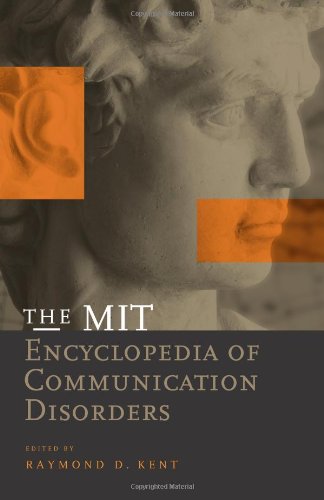
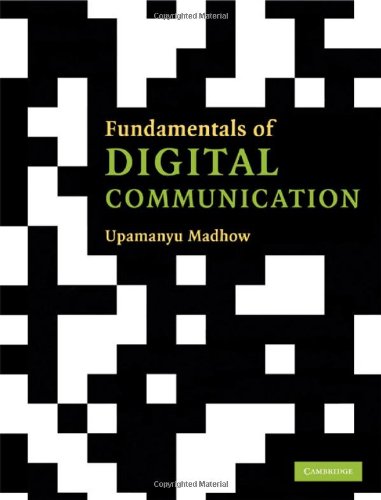
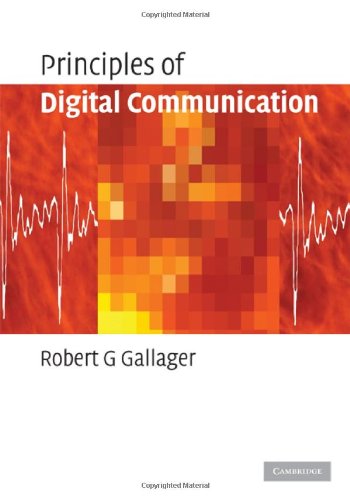
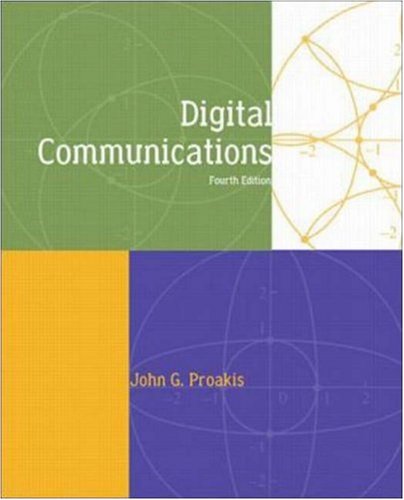
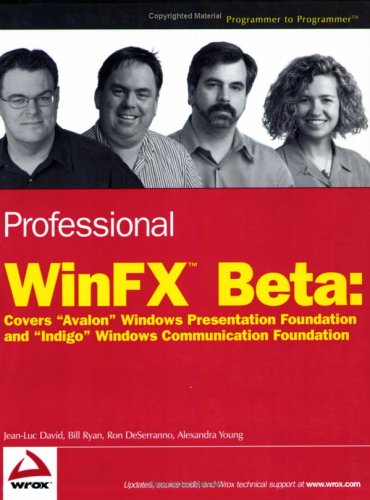
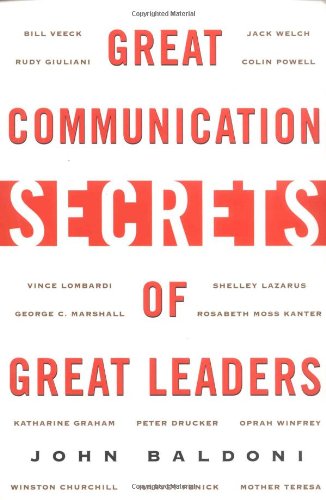

Reviews
There are no reviews yet.